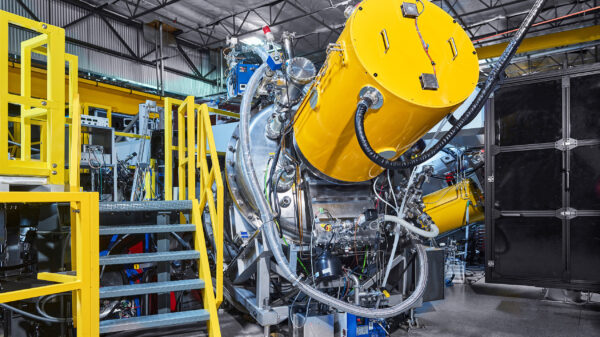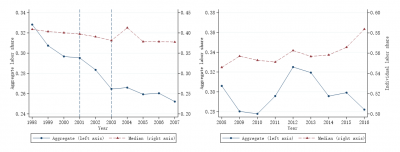Research examining labor income distribution in China reveals significant shifts in the manufacturing sector from 1998 to 2016. The study, based on extensive firm-level databases, highlights how the aggregate labor share has diverged from individual labor shares, indicating changes in economic dynamics and firm behaviors.
Understanding the Trends
During the specified period, the manufacturing sector in China experienced notable transformations. The study indicates that while the overall labor share has been decreasing, individual labor shares within firms have also exhibited varying trends. This divergence is primarily attributed to firms increasing their market share while simultaneously reducing the proportion of income allocated to labor.
The findings suggest that larger firms are capturing more of the market, which allows them to exert greater control over wage distributions. As these firms grow, they often prioritize capital accumulation and operational efficiency over labor compensation. This shift raises important questions about the sustainability of labor income in the context of China’s ongoing economic development.
The Impact on Labor Dynamics
Between 1998 and 2016, the aggregate labor share in China’s manufacturing sector saw a noticeable decline. This trend indicates a broader shift in economic priorities, where firm profits are increasingly prioritized over employee compensation. The study underscores the significance of firm-level strategies that have led to this outcome.
By analyzing data from various firms, researchers discovered that as companies gained market share, they tended to allocate less of their revenue to labor costs. This approach is particularly evident among larger firms that dominate the market, suggesting that competitive pressures may compel smaller firms to follow suit, perpetuating the trend of declining labor shares.
The implications of these findings are profound. If this trend continues, it could result in increased income inequality within the workforce and potentially hinder the purchasing power of consumers, impacting overall economic growth in the long run.
The research serves as a critical reminder of the need to balance firm growth with fair labor practices. As China continues to evolve as a global manufacturing leader, addressing these disparities will be essential for fostering a more equitable economic environment.
In summary, the analysis presents a detailed view of the changing landscape of labor income in China’s manufacturing sector over nearly two decades. It highlights the need for policymakers to consider the long-term effects of these trends on both workers and the broader economy.






































































